Estimated reading time: 12 minutes
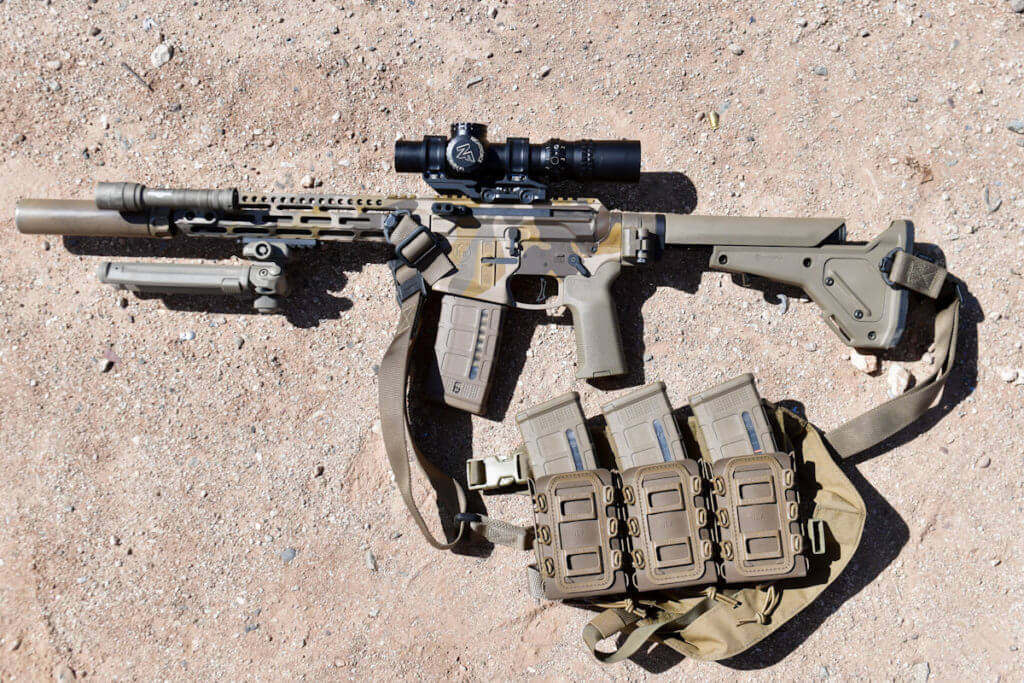
Carbine Plus One – A New Gas System Length
Building a custom Civilian Defensive Rifle.
Last year I was talking with master barrel maker Paul Craddock of Craddock Precision about Projekt 457. He mentioned a new barrel and gas system he had created specifically for SBR length-suppressed AR-15s. It sounded perfect for the Civilian Defensive Rifle and I was intrigued.
The barrel in question is an 11.5 223 Wylde barrel made from a Bartlein blank with a 1 in 7.7 twist. On specs alone, that’s a great barrel but not new or groundbreaking. The hook was the new gas system length. Carbine Plus One, or CPO is a length Paul created to address short-suppressed rifles. The new barrel is part of Craddock’s Signature Series of barrels.

The Goal With My Civilian Defense Rifle
I had wanted to build a new “fighting” rifle and the CPO barrel was the perfect way to start the project. A note to readers: this rifle is what I wanted in a defensive or “fighting” rifle. It is for civilian use. A rifle for Law Enforcement or Military use would probably be different. So keep that in mind while reading.
This rifle would run a Surefire SOCOM556 RC2 suppressor all the time. If you are checking your house after hearing a bump in the night, or shooting at zombies from a car you may not have time to put on ear protection. An unsuppressed short rifle makes a ton of noise which can easily disorient the shooter. A suppressor or a can goes a long way towards reducing that to let you fight more effectively. One downside of cans is that they can produce more gas going to the bolt carrier in a traditional AR-15-style rifle. It is possible for a can on a short barrel to impact reliability and cycling. Enter the CPO.
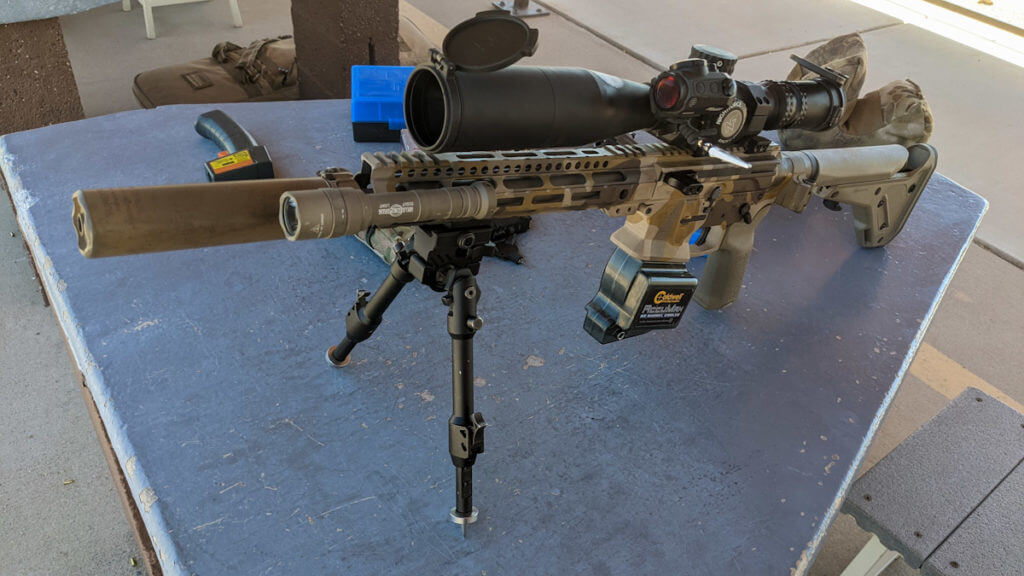
CPO Backstory
I asked Paul how the CPO came to be. “Going back 15+ years, it was always strange to me that there were only 3 or 4 basic gas system lengths for ARs. I started to see that there were advantages to having new gas system lengths for certain applications with specific caliber and barrel lengths. With all the variables of parts, buffer weights, carrier weights, suppressed or unsuppressed, you can improve the fine-tuning much better when the gas system is more ideal from the start.”
“I went down the long road of figuring what length was most appropriate for each caliber and barrel length. We have anything from Carbine Minus One, Pistol Minus one, Rifle Plus Two, and many more. We now offer 14 different gas system lengths to fit any application.”
CPO Advantages
“The CPO length offers several advantages on an 11.5-inch barrel. It produces softer recoil, increased reliability and it’s easier on your brass. All those advantages are more significant if you suppress the rifle. The gas port being farther from the chamber allows you to drive that projectile longer before robbing pressure to cycle the gun. On average we are seeing 3-5% more velocity with the CPO compared to the same configuration with carbine length. The CPO has seen extensive use with some Tier One individuals and the LEO community as well.”
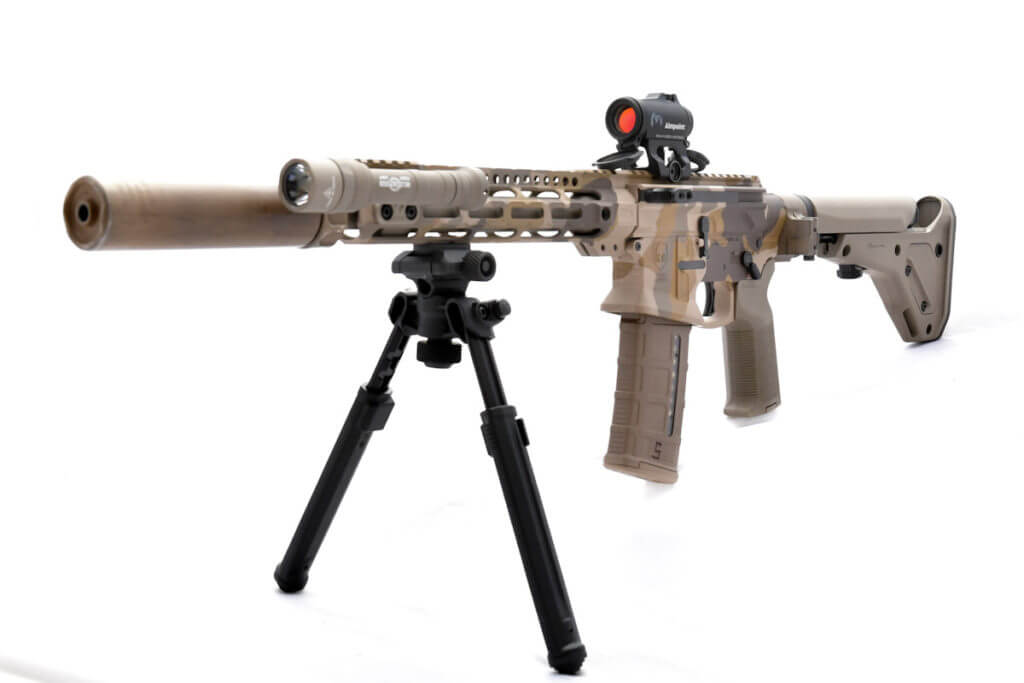
“A short stiff barrel is more rigid by nature. That rigidity is going to trump velocity by a large degree. If choosing between a 12 inch and a 14.5 or 16 inch, I would rather have the rigidity, especially when it’s suppressed. Rigidity gives better harmonics, especially with a can. Adding a suppressor is hanging a big weight on the end of your barrel and it tries to impede the natural harmonics of the barrel. A stiffer barrel resists that weight more and is, therefore, more consistent.”
Can Weight and Barrel Whipping
To grossly oversimplify the concept, a barrel whips after firing. A can/weight on the end of the barrel will change how the wave travels through the barrel. A stiffer barrel is less likely to be affected by the change in the wave.
Available on GunsAmerica Now
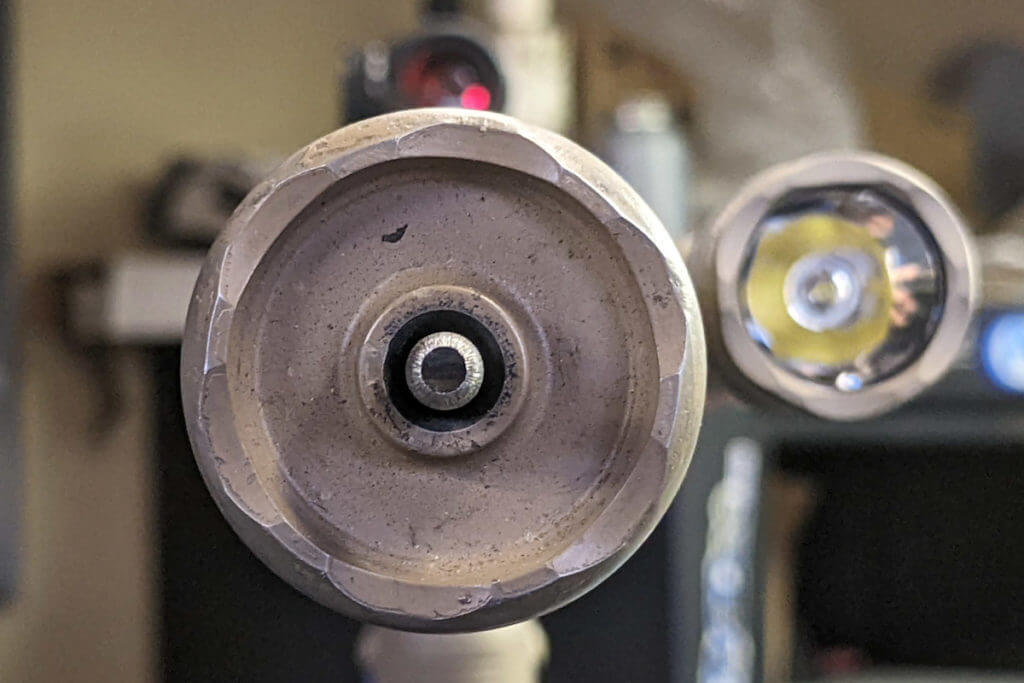
For a suppressed 11.5 inch SBR in 5.56mm the CPO was the hot ticket. If you have an unconventional build or idea and want to cut out some of the guesswork, give Craddock Precision a call. They can help you choose the right barrel and gas length whether you are building an 8 inch 7.62×39 or a 26 inch 6mm ARC. All the Signature Series barrels include the gas tube so you don’t have to try and find an oddball length.
Tuning The Civilian Defensive Rifle Gas System
In competition shooting with an AR, I always run an adjustable gas block to tune the rifle to my ammo. As this was a fighting rifle I would be using a standard gas block. I would also be using a few non standard parts like the JP Silent Capture Spring system, A5 buffer tube, Law Tactical folding stock adapter and the Surefire can. To maximize my tuning ability, Craddock purposely under drilled the gas port by a few thousandths so I could tune with port size if needed. Had I used standard parts the port size would have been on the money as delivered.
Once the receiver was Form 1ed as an SBR the build started. I did a lot of testing to ensure reliability as that is the number one most important thing for a gun you may use to save your own life. I was using a standard weight BCG from JP Enterprises to keep things from getting too complicated. That left buffer/spring weight and gas port as my tuning options.
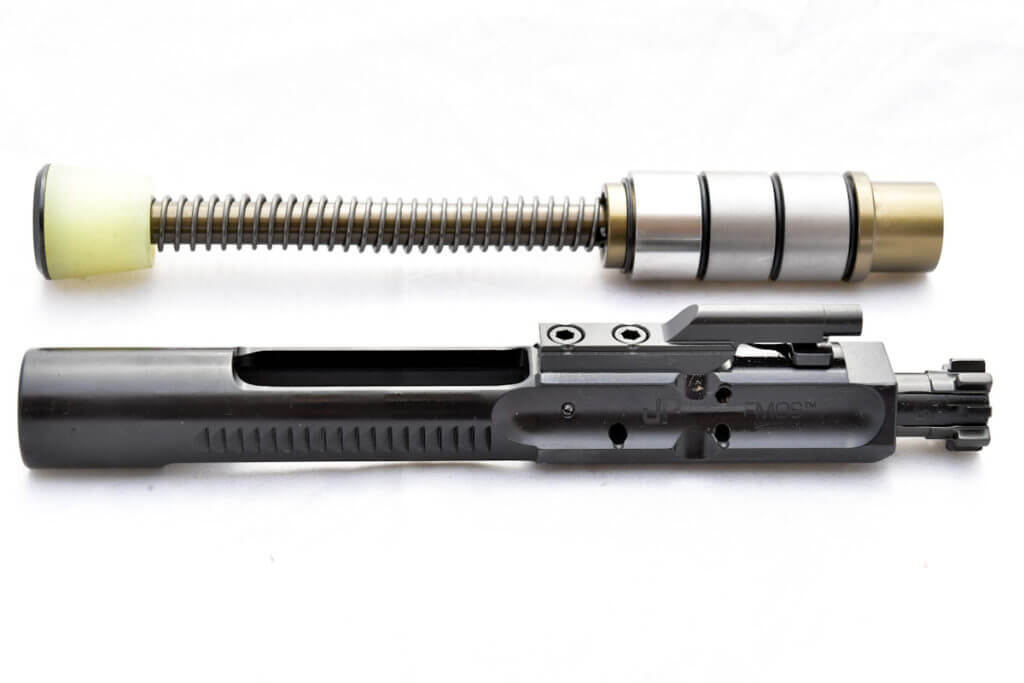
Testing The Civilian Defense Rifle
Initially, the gun ran 100% while suppressed with both 55gr and 77gr ammo. With the can removed it still ran with the 77s but not the 55s. The JP SCS is an assembled complete unit that replaces the individual buffer and springs. It can be tuned two ways. You can add or remove tungsten or steel weights from the unit to change the weight, and you can change the spring weight. While tuning the SCS I removed the weights and ran the lightest spring but still had occasional issues running 55 gr ammo without the can. It was time to tune the port.
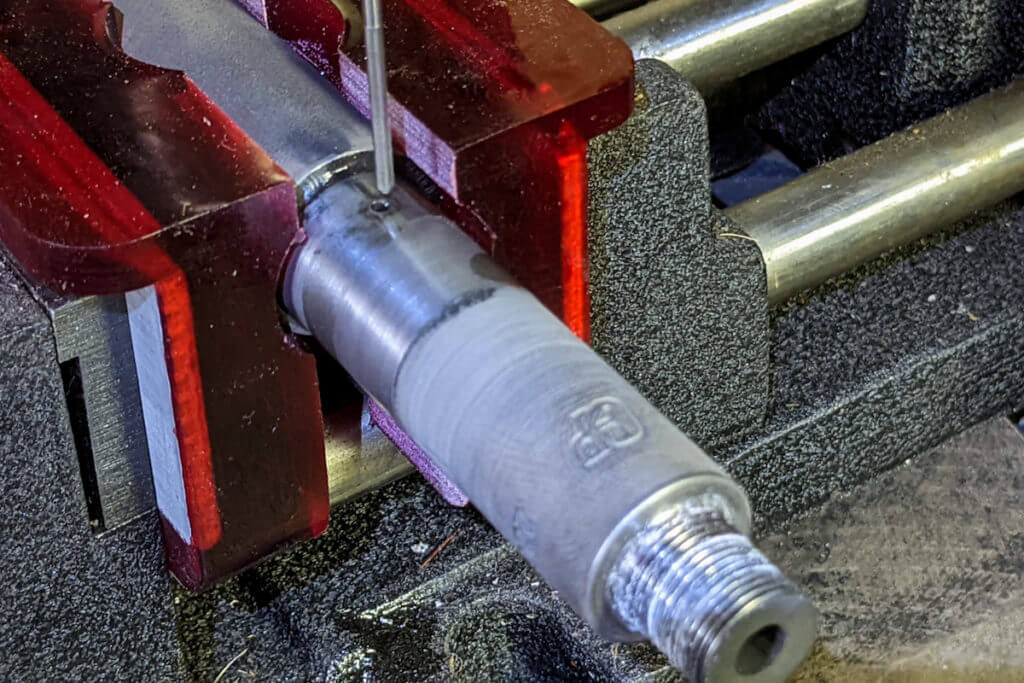
Craddock offered to open the port for me. I just had to ship the barrel back, but I didn’t want to wait. While it could be done with a hand drill and bits that is not the preferred way. You can get high-quality precision reamers for about $15 from shops like McMaster-Carr. I bought a couple of reamers to open the gas port.
I had never opened a gas port previously and I was nervous about accidentally destroying an expensive premium barrel in the process. It’s a simple process, especially with a drill press, and Paul Craddock walked me through the steps. That said, my b-hole was definitely puckered once the barrel was secured in a vise and the drill press turned on. The fear meant I took things very slowly and triple checked everything and it paid off. Port enlarged with no issues.
And… More Tests
More testing; it was better but still not quite there. Another trip to the drill press with the reamer and all was well. Now the rifle ran 100% with all my ammo with and without the can.
During testing the rifle was significantly more accurate (tighter groups) without the can than with it. Sub MOA vs about 1.5-2.0 MOA. As this is a defensive rifle it only needs to be able to hit a man sized target at 300-400 yards; the accuracy is overkill for that.
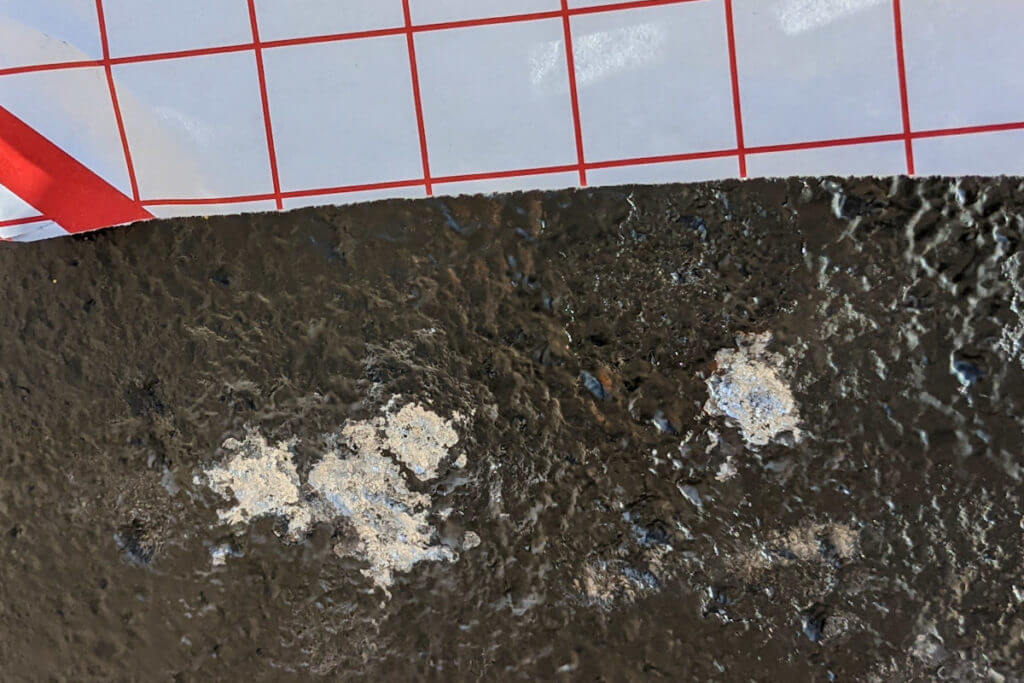
Compared to my competition rifles this is not great accuracy. Despite that, while testing the rifle during a Rob Leatham and Travis McCamish class last year I was able to score first-round hits with it out to 790 yards on a full IPSC. I consider that exceptional for a defensive rifle to the point of being overkill.
Civilian Defensive Rifle Upper and Lower Receivers
A lot of the parts used to build the Civilian Defensive Rifle (CDR) were based on my experience with putting together the Ultimate 3 Gun Rifle from 2021. You can see the complete build at the link.
If something is working well, is accurate and reliable why mess with it? I used the same KE Arms Flared Magwell Lower. The main reason I love this lower is the giant magwell. It’s very large so reloads are fast and easy. Unlike some other magwell lowers on the market this one is compatible with both Surefire quad stack mags and the fantastic Magpul D60 drums. It is also machined from a billet of 7075 aluminum with an integrated trigger guard.
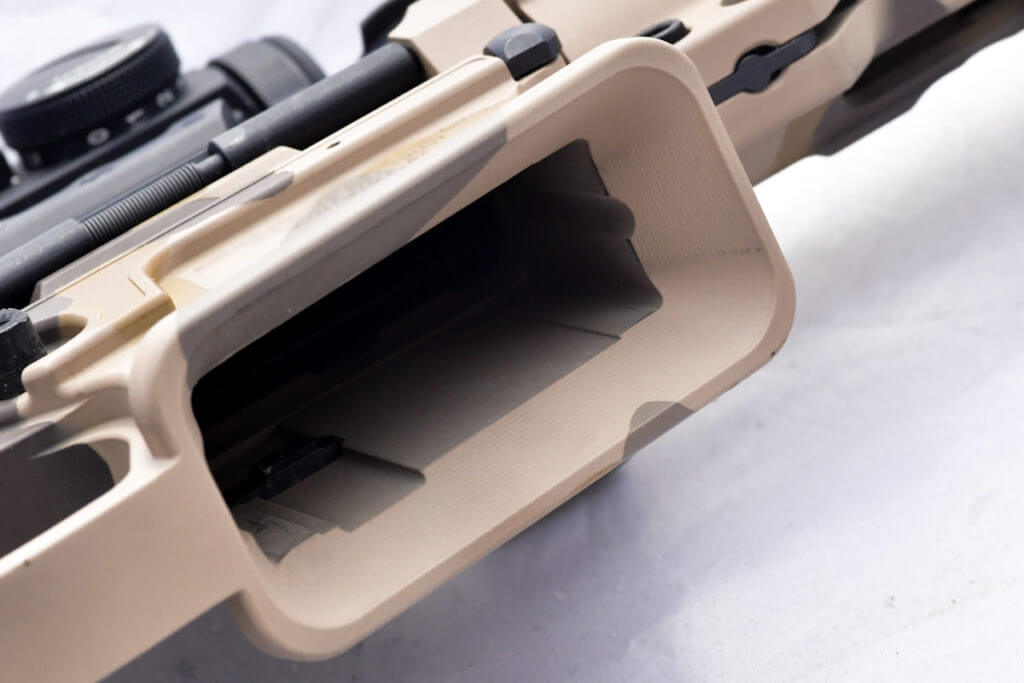
SEE MORE: Craddock Precision 7.62×39 Upper (Primary Arms Lower & parts)
I absolutely love the Gibbz Arms side charge upper on my competition rifle. If you start unloaded, have to clear a jam, or run the bolt for any reason the nonreciprocating side charging handle is superior to all the traditional rear charging handles for the AR-15, even the extra large models with what looks like wings on the side. The Gibbz uppers are compatible with any standard BCG; you just have to change the cam pin on your BCG and the uppers all come with the cam pin. My comp rifle has over 7000 rounds through it and there are no issues with the cam pin.
You can easily grab the side charging handle even with big optics on your rifle. And for those using a can, as I am here, the rear of the upper is sealed with a trapdoor to keep all that extra gas out of your face. The regular Gibbz G4 upper has no dust cover and a huge ejection port to handle everything up to 458 SOCOM. For a fighting rifle, I wanted a dust cover to keep crap out of the action. Gibbz makes the MG4 Upper which comes with a dust cover and a brass deflector unlike the competition upper.
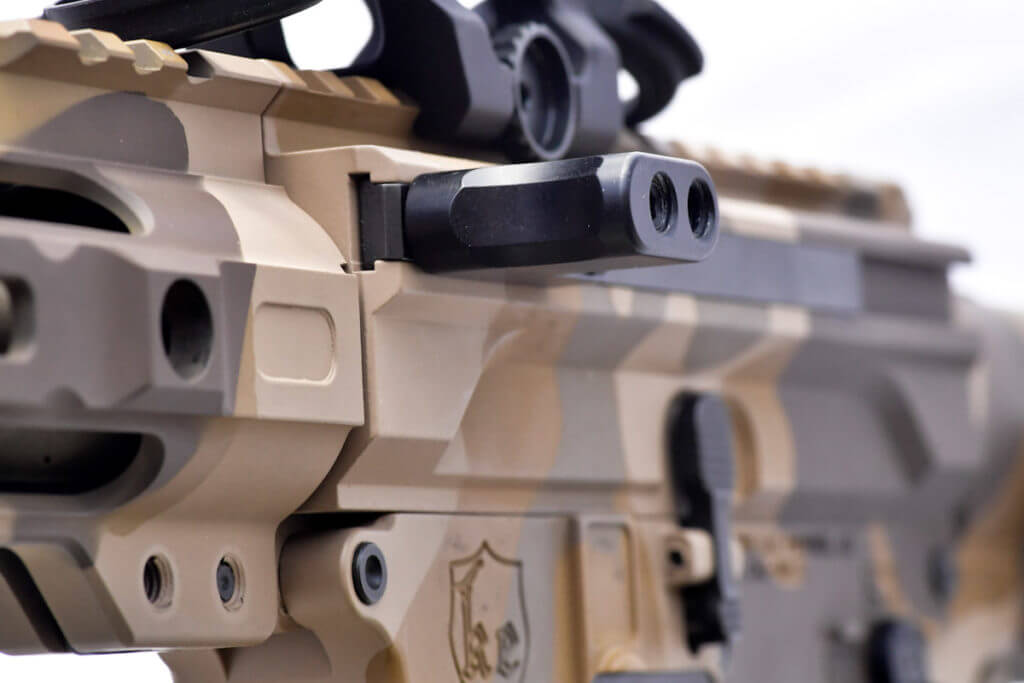
The MG4 also comes with a forward assist. I firmly believe that forward assists are stupid. If a round won’t go in the chamber the last thing I want to do is try to force it in the chamber by smashing the forward assist. EGW makes a great plug to cover the hole and delete the forward assist for 10 bucks.
Civilian Defensive Rifle Trigger and Safety
The lower was rounded out with my favorite 45-degree throw safety from KE Arms and their excellent RTS-1 Rekluse trigger. It is a sealed cassette-style trigger with a single stage 4.5 pound pull. 1 pound triggers are great for competition but for a rifle that may be carried, it’s too light. The Rekluse has a very clean break at 4.5 pounds which is much more appropriate for carry. The reset is positive and distinct. It also features a full power hammer spring so you will always get primer ignition and the cassette is sealed to keep dirt and crap out of the moving parts.
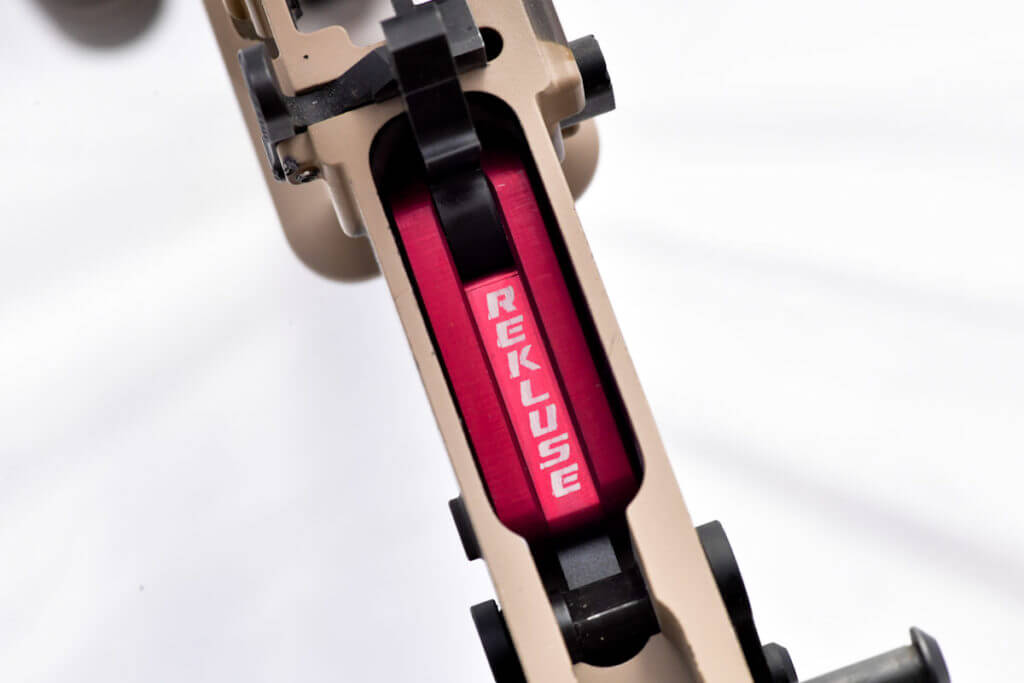
The Rekluse has another unique feature. There is no disconector. When fired the bolt only has to push the hammer out of the way. This eliminates the force of the bolt hitting the hammer and transmitting to other components of the trigger. The design also allows you to engage the safety even with the hammer down. It drops in and is rated to work with any caliber including 22LR conversions and blowback 9mm PCCs.
Stay Tuned for Part 2
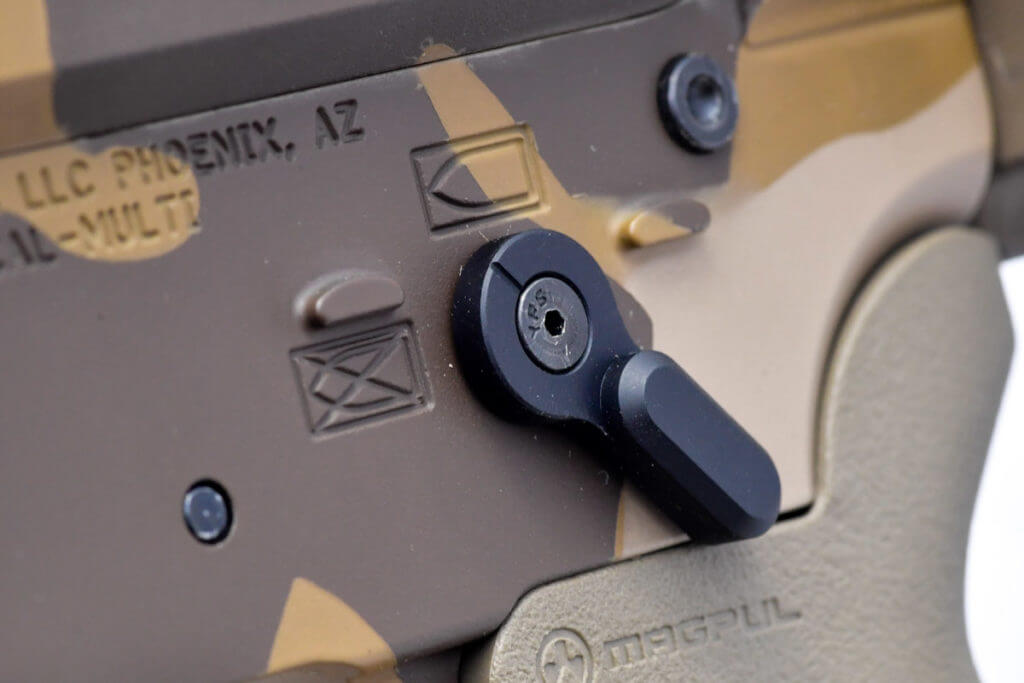
*** Buy and Sell on GunsAmerica! All Local Sales are FREE! ***